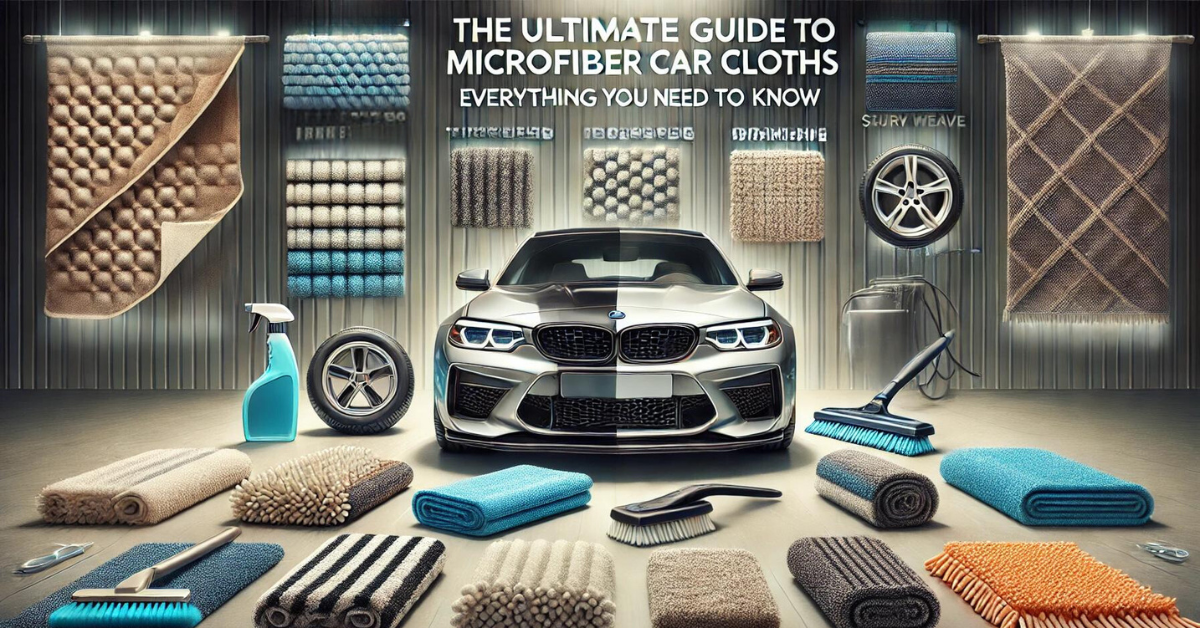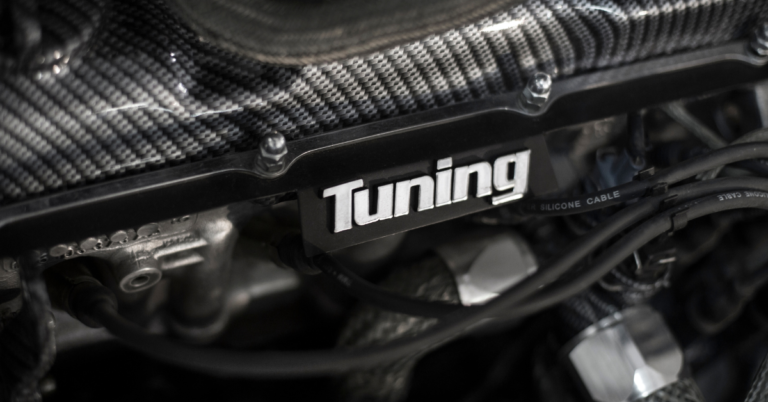Taking care of your car is more than just a chore; it’s an investment in maintaining its value and appearance. Whether you’re a car enthusiast or just someone who wants to keep their vehicle looking its best, the tools you use matter. Enter the microfiber car cloth, an essential tool for car maintenance that has revolutionized how we clean and protect our vehicles.
What Are Microfiber Car Cloths?
Microfiber cloths consist of extremely fine synthetic fibers, typically made from a mix of polyester and polyamide. These fibers are much finer than human hair, making them incredibly soft and highly effective at picking up dirt, dust, and moisture. The unique structure of microfiber gives it superior cleaning abilities, making it a favorite for car care.
Advantages of Using Microfiber Cloths for Car Care
One of the standout features of microfiber cloths is their high absorbency. They can hold up to seven times their weight in water, making them perfect for drying your car without leaving streaks. Additionally, microfiber cloths are gentle on surfaces, meaning they won’t scratch your car’s paint or leave lint behind. They are also reusable and cost-effective, providing long-term value compared to disposable alternatives.
Types of Microfiber Cloths
Not all microfiber cloths are created equal. Different weaves and textures are designed for specific tasks:
- Waffle Weave: Ideal for drying, thanks to its high absorbency.
- Terry Weave: Perfect for general cleaning and buffing.
- Suede Microfiber: Best for delicate surfaces, such as windows and screens.
- Plush Microfiber: Excellent for applying waxes and polishes.
Choosing the Right Microfiber Cloth for Your Car
When selecting microfiber cloths, consider factors like size, thickness, and GSM (grams per square meter). The GSM rating indicates the density of the cloth; higher GSM means a thicker, more absorbent cloth. Additionally, using color-coded cloths for different tasks can help prevent cross-contamination between dirty and clean areas.
How to Properly Use Microfiber Cloths
Microfiber cloths are effective whether used dry for light dusting or slightly dampened for more thorough cleaning. The key is to use the right technique: fold the cloth into quarters to maximize its surface area and change sides frequently to avoid spreading dirt. Also, avoid using the same cloth for multiple tasks to maintain cleanliness.
Cleaning and Maintenance
To keep your microfiber cloths in top condition, wash them separately from regular laundry using a mild detergent. Avoid using fabric softeners, as they can clog the fibers and reduce effectiveness. Air drying or using a low-heat setting in the dryer is recommended to prevent damage.
Common Mistakes to Avoid
Even the best microfiber cloths won’t perform well if not used correctly. Common mistakes include using fabric softeners, which can reduce absorbency, and washing them with other fabrics, which can lead to lint buildup. Additionally, not rinsing them thoroughly after use can cause dirt and chemicals to build up, diminishing their cleaning power.
Microfiber Cloths vs. Other Materials
Microfiber cloths outperform traditional materials like cotton, chamois, and other synthetics in several ways. Cotton, for example, can leave lint behind and isn’t as absorbent. Chamois, while effective, can be difficult to maintain. Microfiber, with its superior absorbency and gentle touch, has become the go-to choice for car enthusiasts.
Top Microfiber Cloth Brands for Car Care
Several brands are known for producing high-quality microfiber cloths:
- Meguiar’s: Renowned for durability and performance.
- Chemical Guys: Offers a wide range of cloths for different tasks.
- Kirkland Signature: Known for affordability and quality.
- The Rag Company: Popular among detailers for premium microfiber products.
DIY vs. Store-Bought Microfiber Cloths
While DIY microfiber options might seem cost-effective, they often lack the quality and durability of store-bought brands. Investing in reputable brands ensures you’re getting the best performance, longevity, and value for your money.
Eco-Friendly Aspects
Microfiber cloths are eco-friendly in several ways. Their reusability reduces waste compared to disposable alternatives, and they require less water and chemicals for effective cleaning. However, it’s important to note that microfiber is a synthetic material, so proper disposal and recycling options should be considered to minimize environmental impact.
Conclusion
Microfiber cloths have become an indispensable tool for car care, offering a superior, cost-effective solution for cleaning and maintenance. By choosing the right cloths and using them properly, you can keep your car looking its best while protecting its surfaces.
FAQs
How often should I replace microfiber cloths?
Replace microfiber cloths when they lose their softness, absorbency, or show signs of wear, typically after 100-500 washes.
Can microfiber cloths be used on all car surfaces?
Yes, microfiber cloths are safe for all car surfaces, including paint, glass, and interior materials.
What’s the best way to clean windows with microfiber?
Use a damp suede microfiber cloth for streak-free windows, followed by a dry plush cloth for a perfect finish.
Are there specific microfiber cloths for detailing?
Yes, there are specialized microfiber cloths designed for detailing, often with a higher GSM for better absorbency and gentleness.
What is GSM, and why does it matter?
GSM stands for grams per square meter and indicates the density of the microfiber cloth. Higher GSM means thicker, more absorbent cloths, ideal for tasks like drying.
Are microfiber cloths safe for ceramic coatings?
Yes, microfiber cloths are safe and recommended for maintaining ceramic coatings, as they are gentle and won’t scratch the surface.








